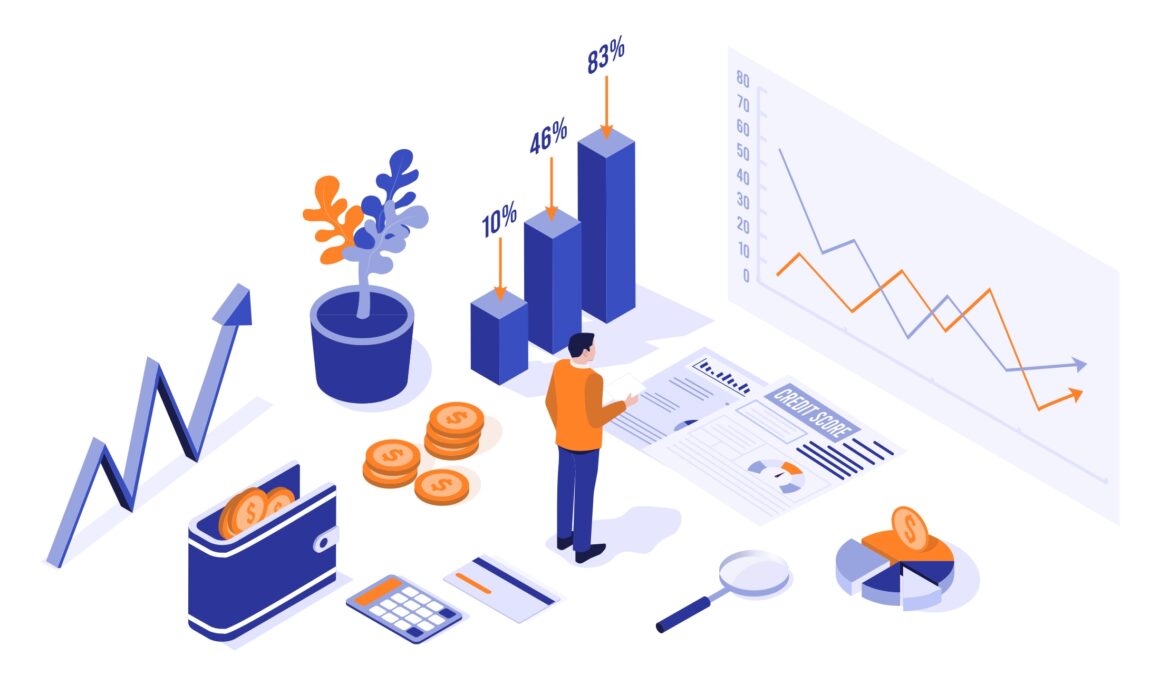Government Streamlines Drawing Rights for Efficient Spending 2023

Government Streamlines Drawing Rights for Efficient Spending 2023
In an effort to stimulate economic growth and provide much-needed financial relief to its citizens, governments around the world have been exploring various mechanisms to increase public spending.
One such method gaining traction is the easing of drawing rights, a policy that allows governments to access additional funds quickly.

Drawing rights are a powerful tool that can help nations recover from economic downturns, invest in critical infrastructure, and provide essential services to their populations.
The finance ministry has let ministries and agencies to fully utilise current penalties to pay central sector schemes (CSSs) in an effort to enhance financial management before looking for new ones.
In order to enable this, sanction orders will be sent to new agencies using the Public Finance Management System (PFMS), which is a condition to obtain central financing.
The ministry now provides CNAs for CSSs with funding comparable to penalties. For instance, CNA receives the Rs 1,000 crore sanctioned for a project involving five agencies. The five are then given the drawing rights, and they each receive money just in time for actual expenditure.

Drawing rights are frequently not fully utilised, though, and money with CNA sits unused. The departments must go through the lengthy budget procedure even if three new entities are to get funding from a programme throughout the year. By the end of the year, CSS’s allotment is frequently not fully utilised as a result.
To combat this, the ministry loosened rules on October 6 to let departments to create sanction orders in PFMS for a nominal fee of Re 1 in each case, bringing additional agencies inside the PFMS platform, which allows for real-time monitoring of all government penalties and expenditures.
Drawing rights, often referred to as Special Drawing Rights (SDRs), are a financial instrument created by the International Monetary Fund (IMF) to provide member countries with a supplementary source of liquidity.
SDRs are not actual currency but rather a potential claim on the freely usable currencies of IMF member countries. These rights are allocated to member nations based on their IMF quotas, which are determined by the size and economic stability of the member’s economy.

The primary purpose of SDRs is to provide countries with a stable and reliable reserve asset that they can use to address balance of payments problems or support their economic policies.
Governments can exchange SDRs for usable currencies with other IMF member countries, allowing them to acquire additional financial resources.
In response to various global challenges, including the COVID-19 pandemic, governments have been looking for ways to inject liquidity into their economies quickly.
Drawing rights provide governments with immediate access to additional financial resources without the need for time-consuming negotiations or the imposition of harsh austerity measures.

By increasing their reserves through drawing rights, governments can fund fiscal stimulus packages aimed at boosting economic growth, creating jobs, and supporting struggling industries.
The easing of drawing rights by multiple countries can contribute to global economic recovery by increasing liquidity in the international financial system.
Access to SDRs can reduce the need for governments to borrow from international financial markets, potentially lowering borrowing costs and reducing the risk of debt crises.
SDRs can help stabilize a country’s financial position, especially during times of crisis, by providing a reliable source of liquidity.
Easing drawing rights can help kickstart economic growth by enabling governments to increase public spending on critical infrastructure projects, healthcare, education, and social services.

Governments can use SDRs to provide financial relief to vulnerable populations, such as low-income households and businesses affected by economic downturns.
A coordinated effort to ease drawing rights can enhance global economic stability by preventing the emergence of financial crises and supporting international trade.
Access to SDRs can reduce the need for governments to accumulate additional debt, which can help alleviate long-term fiscal burdens.
A sudden increase in public spending fueled by drawing rights can potentially lead to inflationary pressures if not managed carefully.

The exchange of SDRs for usable currencies can affect exchange rates and create volatility in the foreign exchange market. Governments must ensure that the use of drawing rights does not lead to unsustainable levels of debt in the long run.
There is a need for accountability and transparency in the allocation and use of drawing rights to prevent misuse or corruption. Easing drawing rights has emerged as a powerful tool for governments seeking to accelerate public spending and stimulate economic growth.
The COVID-19 pandemic has underscored the importance of quick and effective responses to economic crises, and drawing rights provide a mechanism to achieve this. However, governments must strike a balance between utilizing these rights to their advantage and managing the associated risks, such as inflation and debt sustainability.
.png)
When used wisely and responsibly, drawing rights can be a valuable instrument in the toolkit of economic policymakers working to put spending on the fast track and drive prosperity for their citizens.






